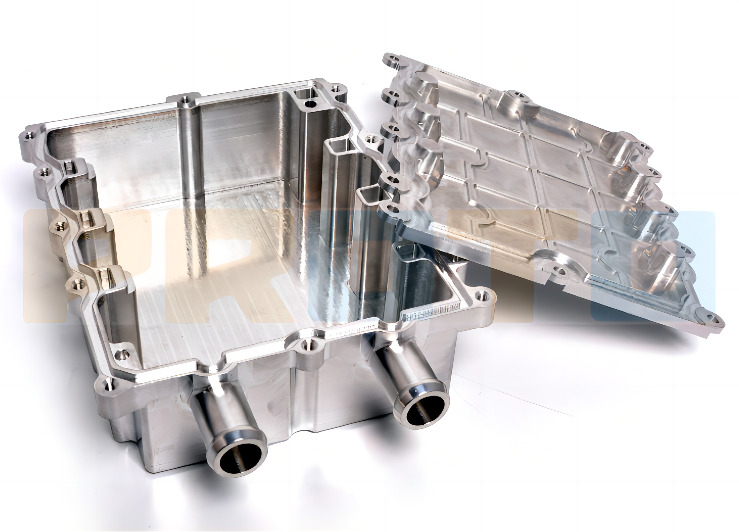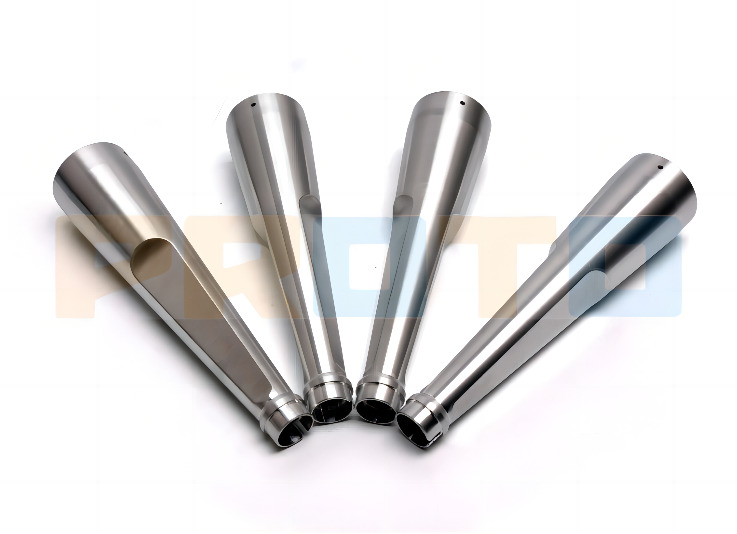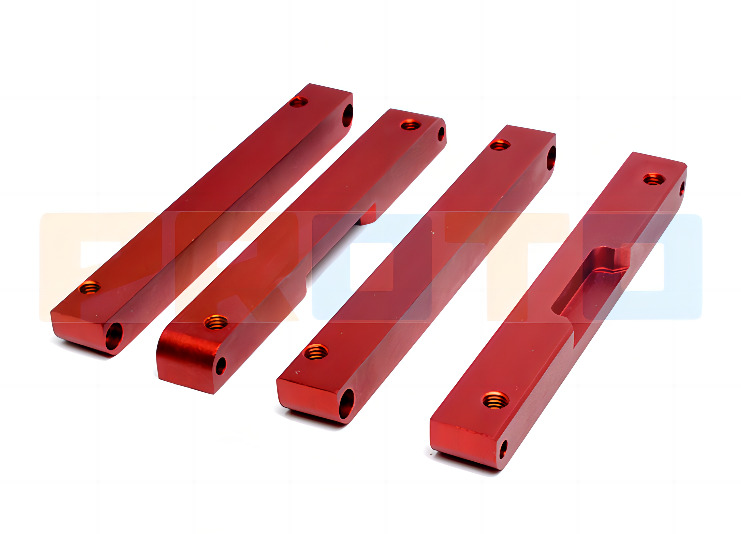What factors to consider when designing custom machined parts can reduce costs?
Custom machined parts are an essential component of various manufacturing industries. They are produced using computer-aided design (CAD) software, and their designs can be tailored to meet exact specifications, making them ideal for applications where mass-produced parts are inadequate. However, the cost of custom machined parts can be relatively high due to factors such as material cost, programming cost, and tooling costs. To reduce these costs, designers must consider several factors when designing custom machined parts.

One of the most significant factors affecting the cost of custom machined parts is the raw material used. There are numerous materials available for custom machined parts, including aluminum, stainless steel, magnesium, and titanium. The selection of the material used for custom parts should be determined by the application and functional needs of the part.
It’s essential to ensure that the chosen material is not only durable but also cost-effective. For example, aluminum is a widely used material for custom machined parts due to its lightweight and corrosion-resistant properties, making it suitable for various applications. Additionally, aluminum is relatively easy to machine, reducing tooling costs. Choosing the right material can significantly reduce the cost of custom machined parts production.

Design for Manufacturability
Designing custom machined parts should focus on the end-use of the part to ensure that it performs its expected function, while also optimizing the design for manufacturability. The use of techniques such as Design for Manufacturability (DFM) ensures that the design of the finished part is efficient in terms of machining, thus avoiding excessive material waste.
DFM guidelines ensure that the design of the part is optimized for the manufacturing process. For example, eliminating small and tight radii, ensuring that the design does not require excessive tool changes, thereby reducing manufacturing time and increasing the number of parts that can be produced in a given time.

Design Simplicity
The design of custom machined parts should be as simple as possible to reduce production costs. The simpler the design of the part, the easier and less expensive it is to produce. A complex design will require more time to machine and may require specialized tools that are expensive to purchase and maintain.
A straightforward design eliminates unnecessary machining features, making the production process quicker and more efficient. A simple design will also reduce any need for complex programming, improving lead times and reducing the possibility of errors during machining.
Tolerances and Finishes
Tolerances are the allowable deviation from the intended measurement of the part. They are used to ensure that the finished part meets the specifications of the client. However, tight tolerances add machining complexity, increasing production costs.
It’s essential to consider the application of the custom machined part to determine the size of the allowable tolerances. Looser tolerances will reduce the complexity of machining, leading to faster production times and lower costs.
The same concept applies to finishes. The application of the part determines the type of finish required. A high-quality polished finish may be necessary where aesthetics are a critical aspect of the part, which increases the cost of production. Where the design allows, a more basic finish will reduce costs while still maintaining functionality.
Use Standard Sizes and Shapes
Using standard sizes and shapes for custom machined parts can significantly reduce costs. Standard sizes reduce the amount of material wasted, as they are typically available in standardized sheets, rods, or bars of fixed sizes.
Standard sizes and shapes also minimize the amount of time needed for programming and tool setups, as tooling already exists for their manufacture. Standard parts are readily available and can be quickly procured from various suppliers at reasonable prices.
Production Volume
Production volume is an essential factor to consider when designing custom machined parts. Designers must consider the required volume of parts needed when designing and machining the prototype of the part. This consideration ensures that the final part is optimized for efficient machining and accurately projects the unit pricing based on the volume.
If the anticipated production volume of the custom machined parts is high, it may be more cost-effective to invest in specialized tooling and machinery. Alternatively, a lower volume of production may require the use of less expensive tooling and machinery.
Conclusion
Custom machined parts are an excellent solution for complex and specialized parts required in various applications. However, they can be expensive to produce. When designing custom machined parts, designers must consider various factors that can reduce production costs.
Material selection, design for manufacturing, design simplicity, tolerances, the use of standard sizes and shapes, and production volume are all critical factors to consider when designing custom machined parts. By taking these factors into account, designers can ensure that the final product matches the client’s requirements while optimizing production costs at the same time.